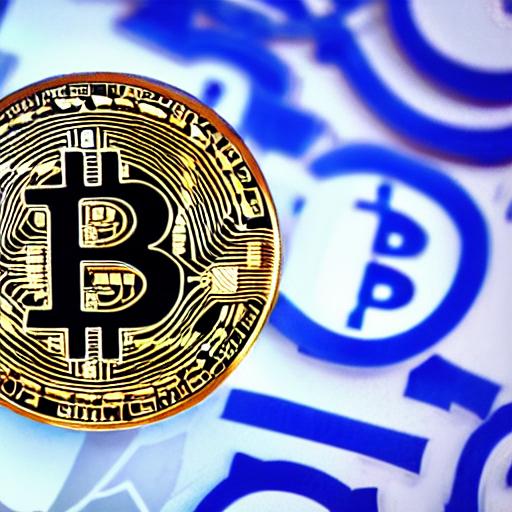Cryptocurrency is in a good mood as a result of bitcoin’s significant rally in the face of recent significant banking instability. Bulls claim that this is an indication that more and more people are beginning to trust that the asset is, as promised, the inflation-busting, digital-gold safe haven. Sadly for the rest of the cryptocurrency market, the Bitcoin rebound is not a solution for all problems.
The Bitcoin maximalists took to social media to celebrate earlier this month’s bankruptcy of Silicon Valley Bank. With a trustless system that ensures your money is always yours and does not require fractional-reserve banks, they claimed that it is precisely economic circumstances like these that show Bitcoin’s original purpose.
Early this week, the price of the token exceeded $28,000, placing year-to-date gains at about 70%. According to some analysts, if the price of the token surpasses $30,000 soon, it may signal that the industry’s protracted downturn cycle is finally coming to an end.
A round of short-term memory loss appears to be being brought on by the cracks in US finance and the ensuing Bitcoin resurgence elsewhere in Cryptoland. This upbeat environment has been leveraged by a number of significant players in the industry to renew debates around algorithmic stablecoins, one of the prominent villains of this bad market.
The most notorious algorithmic stablecoin pair, TerraUSD and Luna, were only trading in the tens of billions of dollars in market value a year ago before their fundamental foundation—the algorithms they were based on—sped their decline to zero.
Bitcoin was worth more than $36,000 at that time. After Terra collapsed in May, the “crypto winter” became a snowstorm, sparking a contagion that resulted in other bankruptcies and a waning market for digital assets, which eventually caused Bitcoin to hit its most recent low of $15,485 in November.
Crypto companies may feel as though their alternatives are limited, which forces them to be creative. So-called collateralized stablecoins backed by reserves aren’t looking so enticing after US regulators shut down Paxos’s BUSD stablecoin in February and Circle’s USD Coin lost its dollar value for several days due to the company’s connection to Silicon Valley Bank.
According to Changpeng “CZ” Zhao, CEO of Binance, “Do Kwon [Terra’s co-founder] truly had the right idea, but just failed badly on execution.” Zhao made this statement on Twitter earlier this month.
Never mind that authorities who have proposed stablecoin regulations have been essentially unambiguous in their belief that tokens based on algorithms cannot be trusted. The mechanics of these stablecoins also seem to be just as susceptible to the same kind of death spiral that befell TerraUSD. Which means that even though the failure of multiple banks is helping Bitcoin, blockchain experiments that were dangerous last year are still risky today, whether or not it’s the crypto spring.













